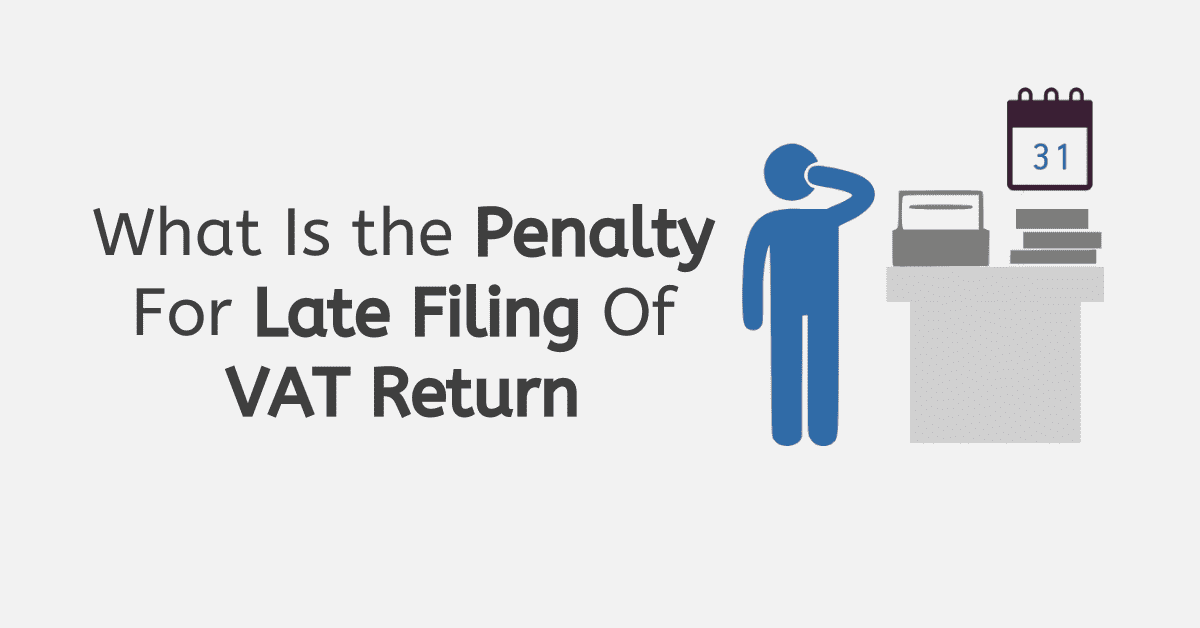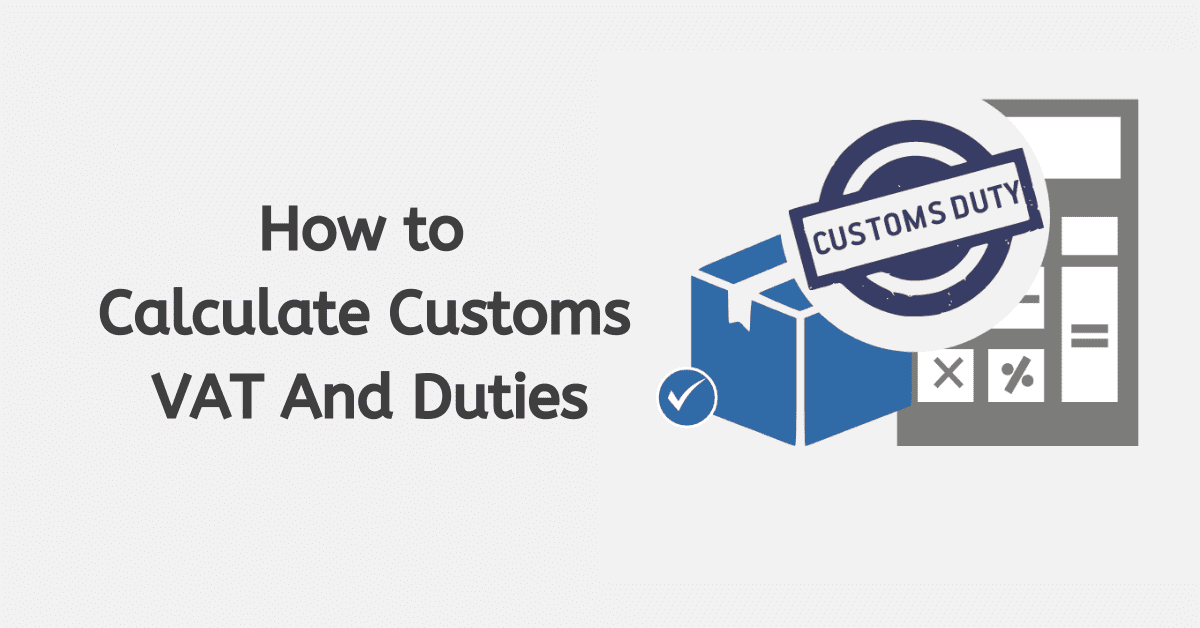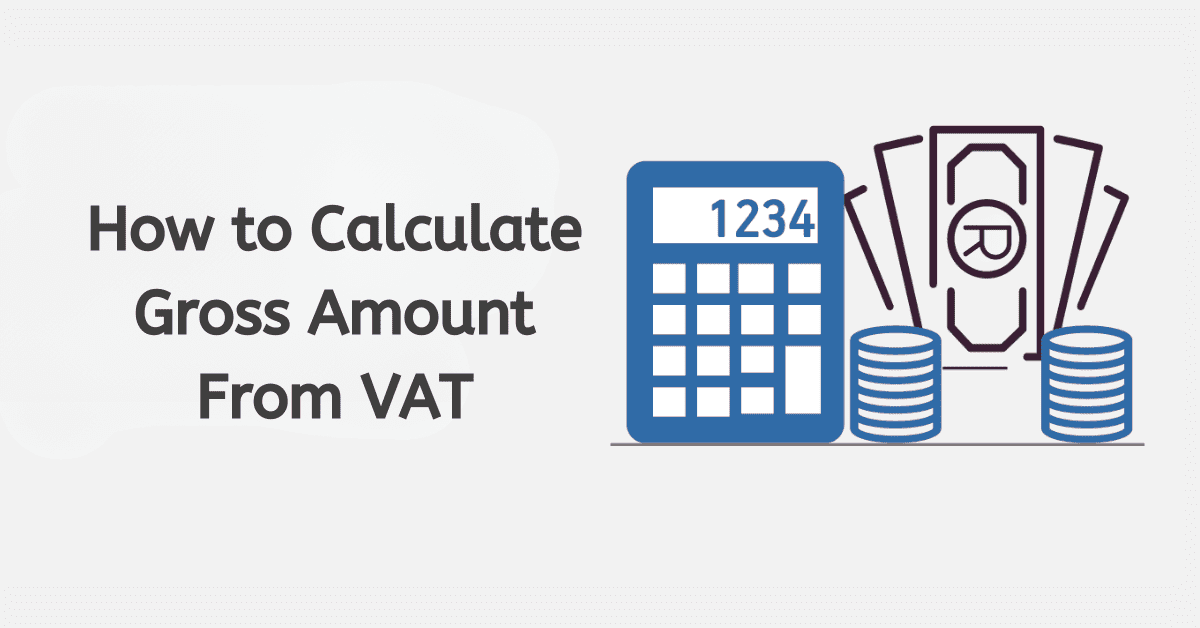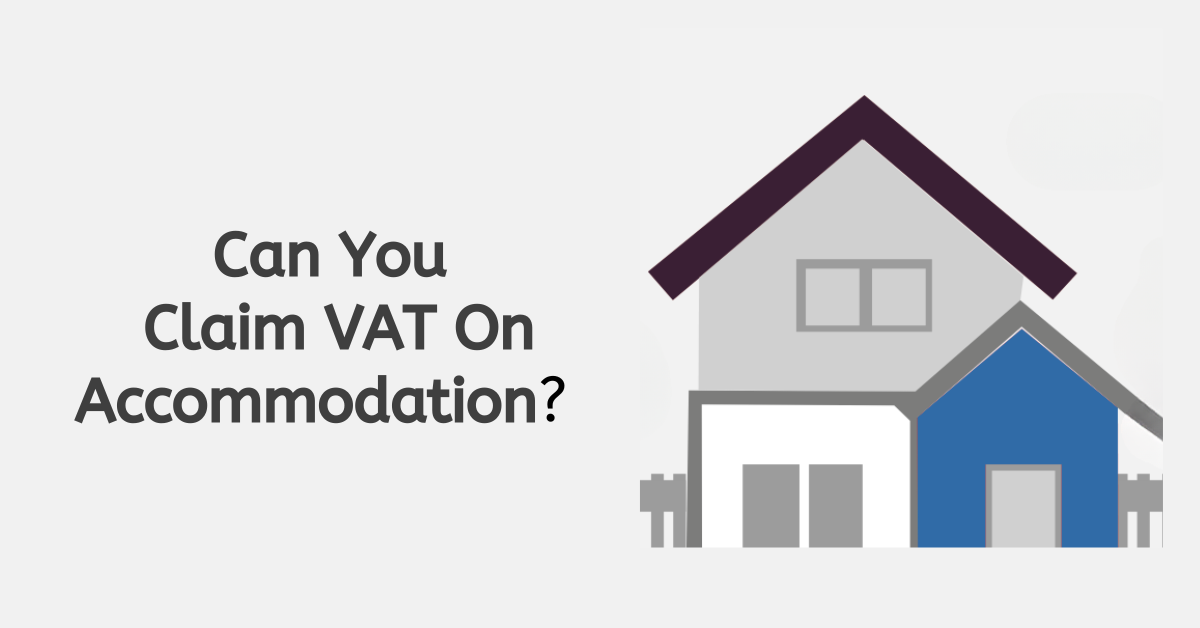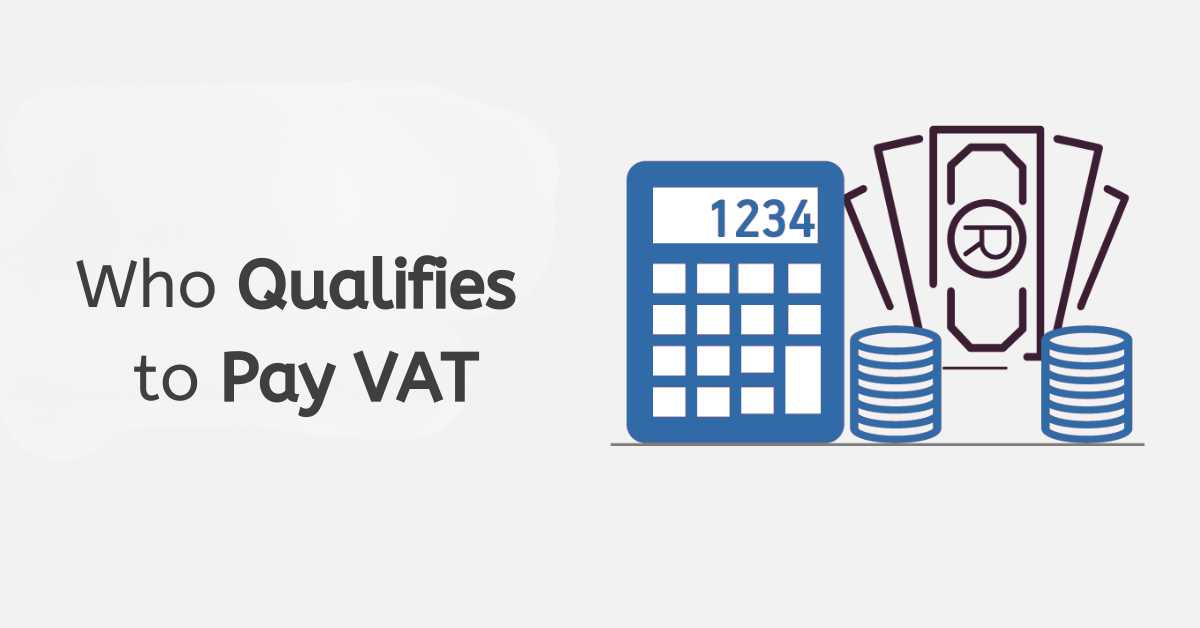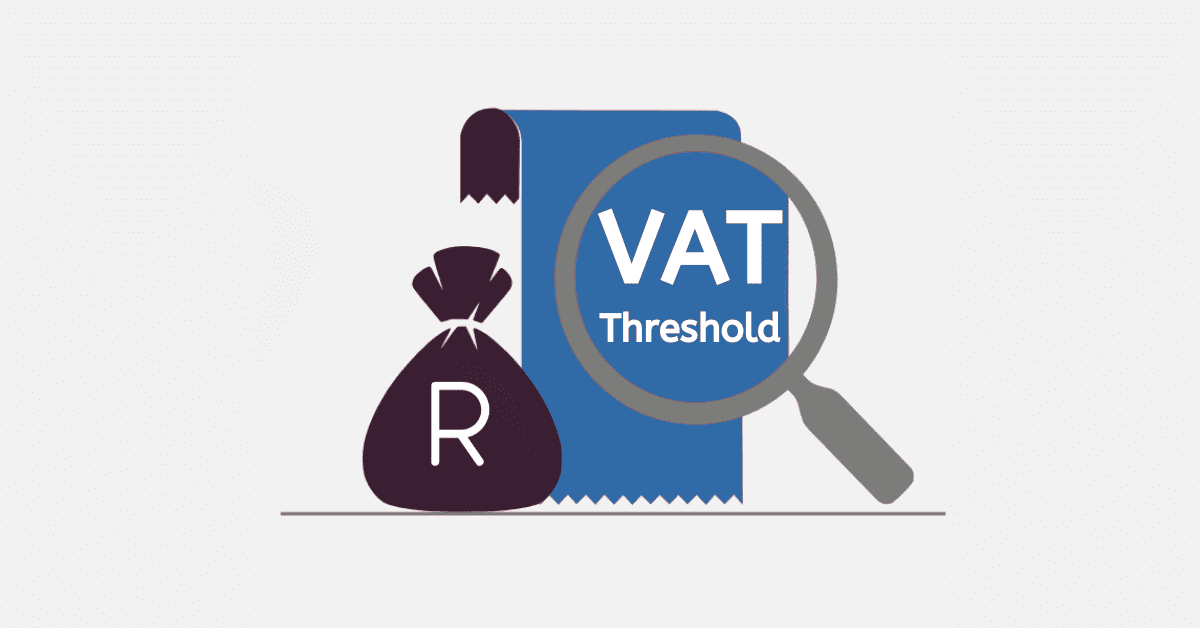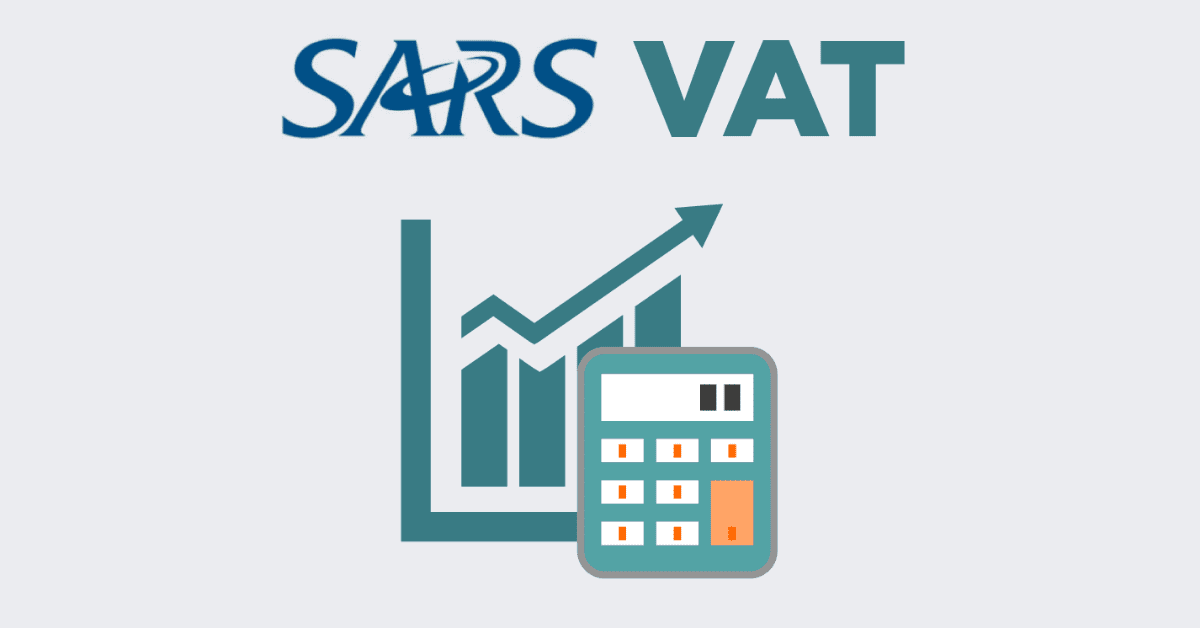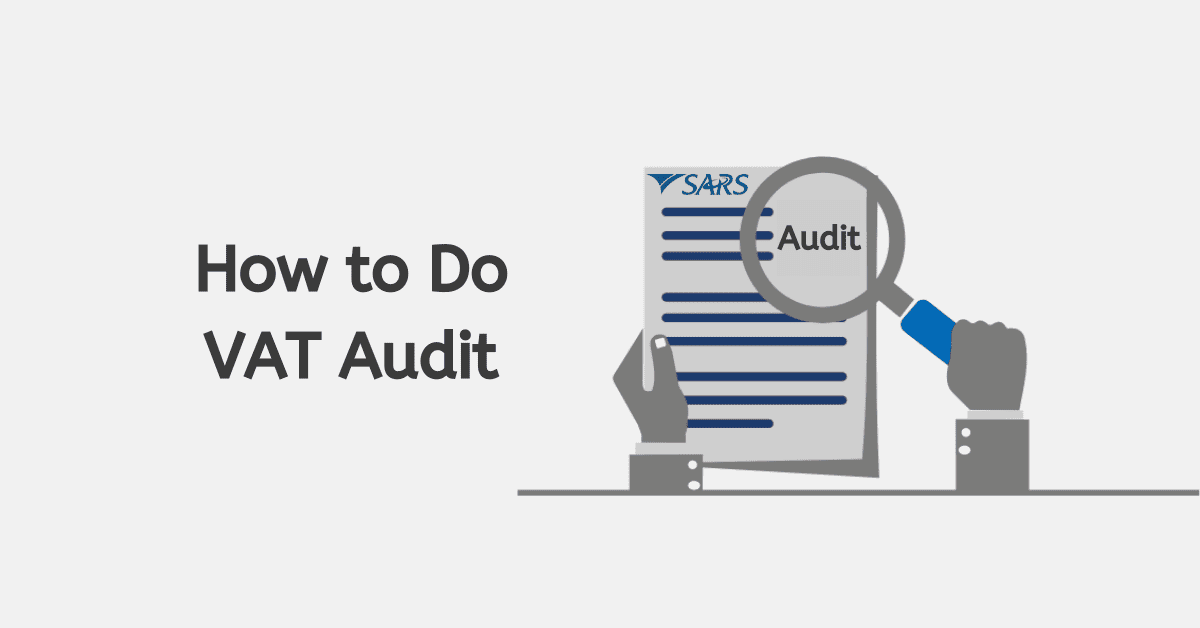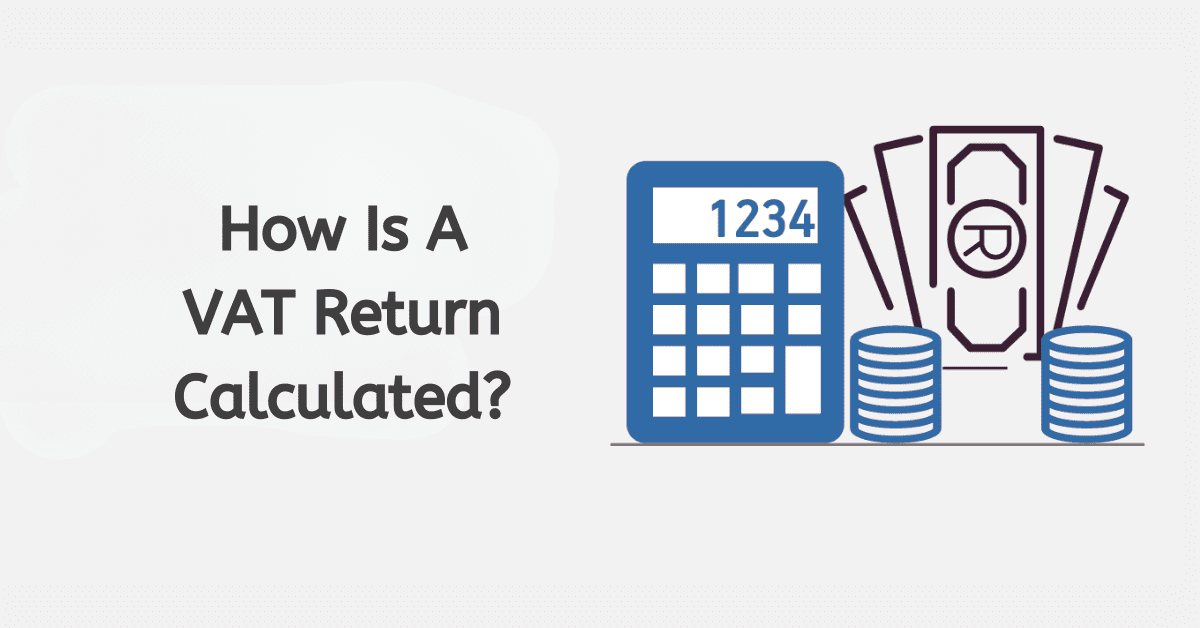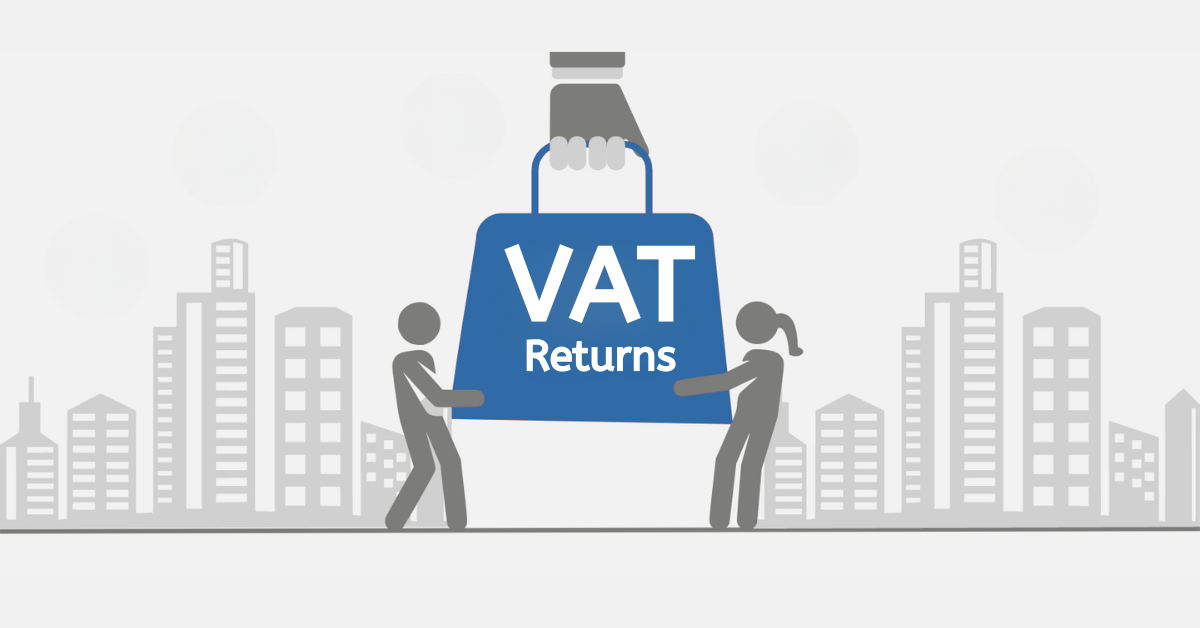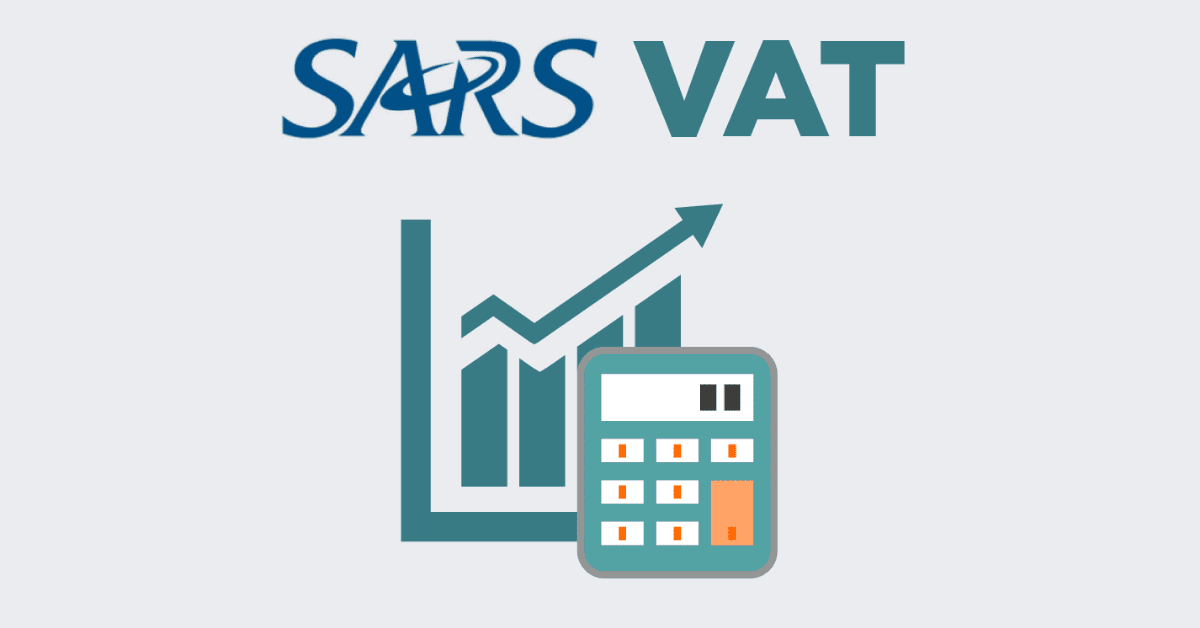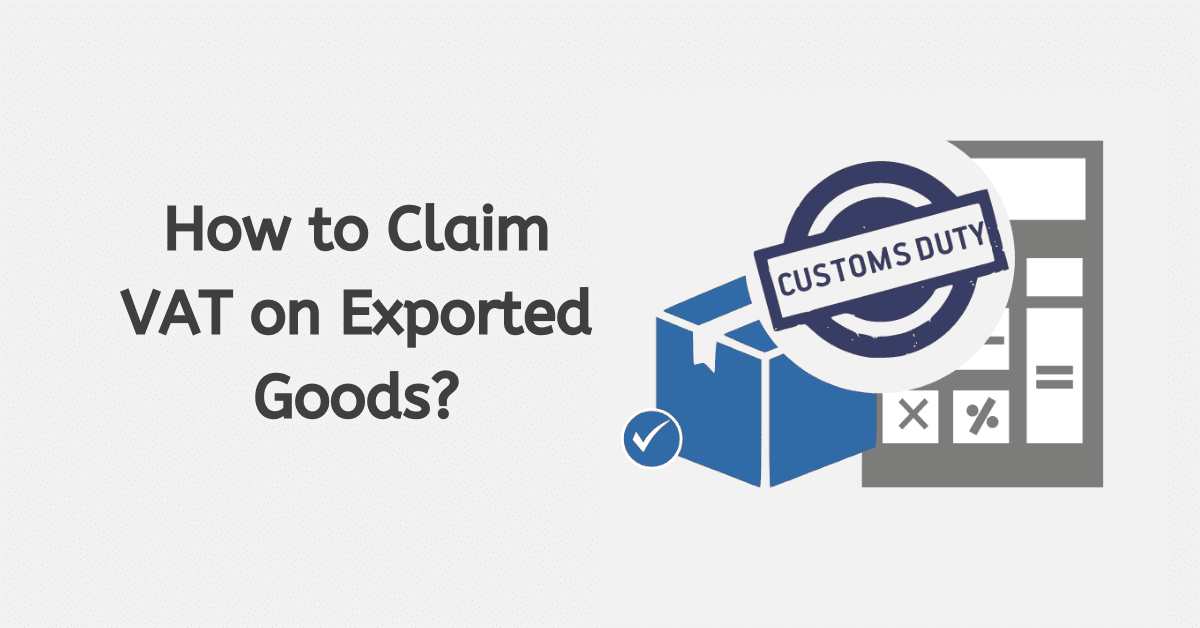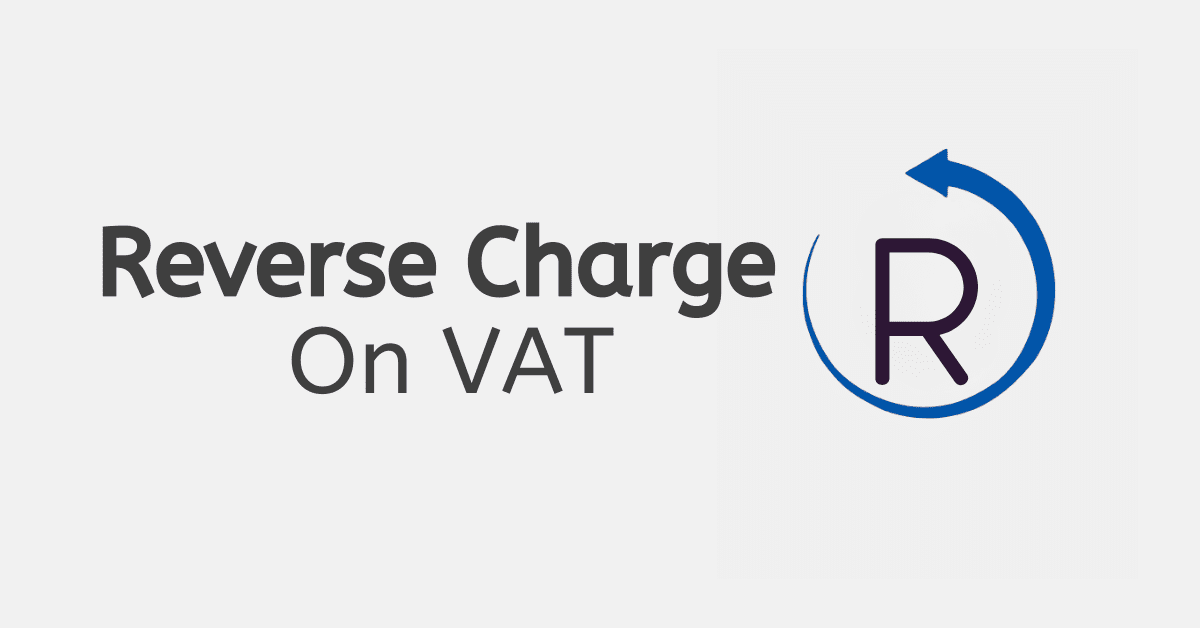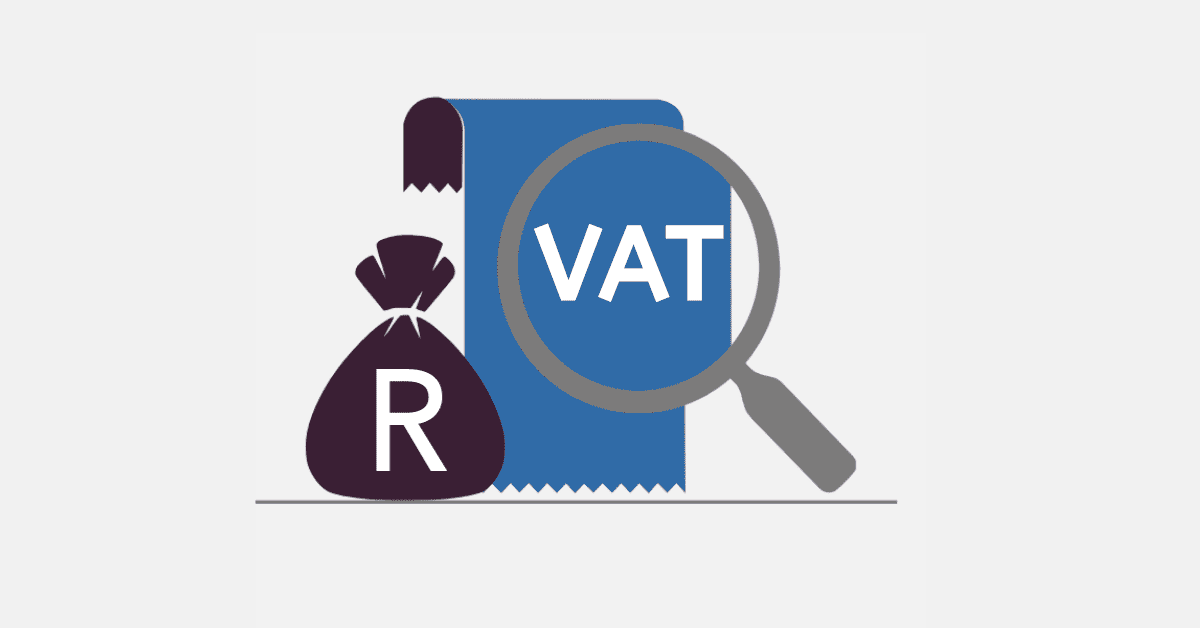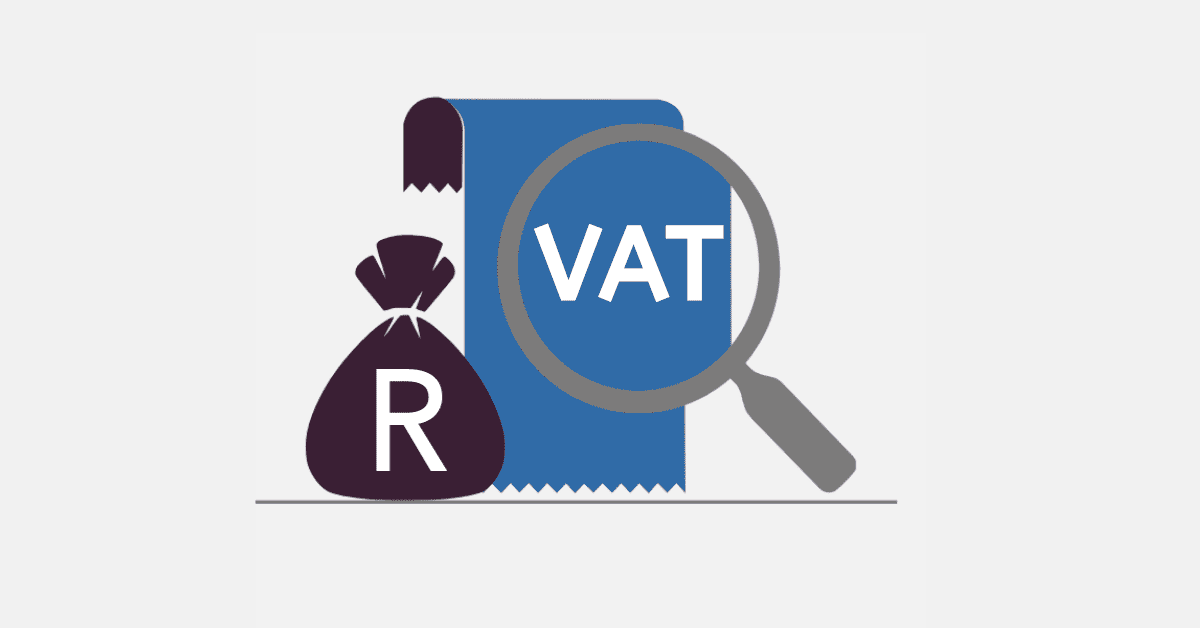VAT is indeed a vital component of South Africa’s tax structure. In this extensive guide, we’ll delve into the workings of VAT calculation in South Africa, providing insights into subtracting VAT from an amount, discussing the three distinct types of VAT, shedding light on the VAT percentage, and elucidating which items are exempt from VAT.
How is VAT Calculated in South Africa?
The mechanism of VAT calculation in South Africa is based on the value added at every step of the supply chain. Let’s explore the process:
- Note the Taxable Stocks: The primary phase involves recognizing the stocks subject to VAT. While most goods and services are VAT-liable, specific exemptions exist.
- Find the VAT Percentage: South Africa currently employs a standard VAT percentage of 15 percent. It’s crucial to stay updated on any rate modifications, including reduced rates for specific items.
- Figure Out Output VAT: Businesses assess VAT on the value added to stocks or services provided to consumers. This entails multiplying the applicable Value Added Tariff rate (e.g., 15 percent) by the item’s value. This calculated VAT is known as “output VAT.
- Calculate VAT on Inputs: Businesses can offset the VAT they paid on inputs (goods and services purchased for their operations) against their output VAT. This offset takes the name “input VAT.”
- Submit VAT Returns: Businesses must submit VAT returns, usually monthly, where they declare the output VAT and input VAT. The variance between these values establishes whether the business should remit a Value Added Tariff to the government or qualify for a Value Added Tariff refund.
- Settle Value Added Tariff or Get Refund: Based on the Value Added Tariff computation, a business may need to settle the computed VAT sum with the tax authorities or become eligible for a refund if their input VAT surpasses the output VAT.
How Do I Subtract VAT From An Amount?
To subtract VAT from an amount in South Africa, follow this straightforward calculation:
- Recognize the Total Sum: Begin by identifying the overall sum, which encompasses VAT. This amount is often found on receipts or invoices.
- Determine the Value Added Tariff Percentage: Figure out the applicable Value Added Tariff rate. As of the current info, the South African standard VAT percentage is 15 percent. Nevertheless, verifying the current rate as it might change is always a good idea.
- Figure Out The Value Added Tariff Sum: Multiply the overall sum by the Value Added Tariff percentage in decimal form. For instance, if the VAT rate is 15 percent, multiply by 0.15.
- Deduct ing Value Added Tariff: Deduct the computed Value Added Tariff sum from the total to obtain the pre-VAT value. This is the exclusive value, meaning it doesn’t include VAT.- ADVERTISEMENT -
Example:- Total Amount (Inclusive of VAT): R1,150
- VAT Rate: 15% (0.15 in decimal form)
- VAT Amount: 1,150 * 0.15 = R172.50
- Amount Before VAT (Exclusive): 1,150 – 172.50 = R977.50
So, the amount before VAT in this example is R977.50.
What Are the 3 Types of VAT?
In South Africa, VAT is applied in three different ways:
- Standard-Rated Value Added Tariff: This is the most familiar form of Value Added Tariff. Most stocks and services incur the standard Value Added Tariff percentage of 15 percent. Companies collect this tariff from consumers and forward it to the South African Authorities.
- Zero-Rated VAT: Zero-rated VAT applies to specific goods and services taxed at a rate of 0 percent. While this might seem like no tax is applied, it’s different from exempt items (explained below). Businesses still need to account for zero-rated transactions in their VAT returns. Examples of zero-rated items in South Africa include basic food items, exported goods, and other essential services.
- VAT Exemptions: Exempted items are not liable to VAT. Businesses don’t apply VAT on these items and are excluded from the VAT computation. Exempt stocks in South Africa encompass financial services, residential property sales, and educational services.
What Percentage is VAT in South Africa?
The typical South African VAT percentage is 15 percent, applicable to most goods and services. Nonetheless, VAT percentages may vary over time owing to governmental policies or economic circumstances. Therefore, verifying the current VAT rate may have been adjusted since then is essential.
What Items are Exempt from VAT?
In South Africa, specific products and services enjoy VAT exemption, which implies that these items are not subject to VAT and are excluded from the VAT calculation. Below are some instances of items and services typically exempt from VAT:
- Financial-Based Services: Financial transaction services are exempt from VAT. These include banking, interest, and insurance.
- Residential Property Sales: Residential property sales are exempt from Value Added Tariff. However, the sale of commercial properties is subject to VAT.
- Educational Services: Educational services provided by registered institutions are exempt from VAT.
- Medical Services: Healthcare services, including doctors’ fees, are generally exempt from VAT.
- Residential Property Renting: Residential property rentals are exempt from Value Added Tariff. However, commercial property rentals are subject to Value Added Tariff.
- Government Services: Many services provided by government entities are exempt from VAT.
- Essential Food Items: Certain essential foods are zero-rated. Thus, they are taxed at zero percent rather than being exempt. These foods include bread, milk, etc.
To sum up, VAT constitutes a vital element of South Africa’s tax framework, and comprehending its calculation and implementation is essential for businesses and consumers. Staying updated on alterations in VAT rates and guidelines is crucial to adhere to tax regulations. If you have any specific queries or uncertainties about VAT in South Africa, seeking advice from a tax expert or referring to the South African Revenue Service for the most recent information is recommended.
